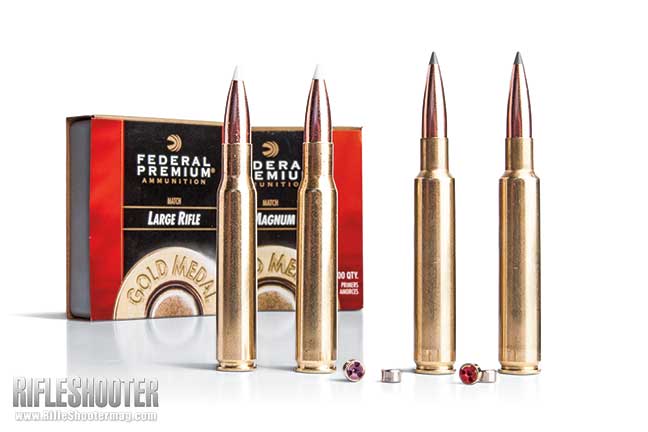Remington Primers Can Be Fun For Everyone
Table of ContentsFascination About Reloading Primers3 Simple Techniques For Small Pistol PrimersNot known Facts About Rifle PrimersHow Rifle Primers can Save You Time, Stress, and Money.A Biased View of Federal Primers
Component of the weapon cartridge for starting propellant combustion In firearms and artillery, the guide () is the chemical and/or device accountable for initiating the propellant burning that will certainly push the projectiles out of the weapon barrel. In early black powder weapons such as muzzleloaders, the primer was essentially the exact same chemical as the primary propellant (albeit usually in a finer-powdered type), however put into an external flash pan, where it could be fired up by an ignition source such as a sluggish suit or a flintlock though some muzzleloaders have primers like cap gun caps. remington primers.
Examples consist of hand gun cartridges, rifle cartridges, and shotgun shells. Bigger weapons pieces in contrast normally use electric priming. In artillery the guides are frequently a different element, positioned inside the barrel to the back of the main propellant chargebut there are other examples of guns, including for instance some automatic weapons, designed to fire cartridges with indispensable electrical guides.
Excitement About Cci Primers

With the introduction of hand-held weapons, this became an unfavorable way of shooting a gun. Holding a burning stick while attempting to pour a cost of black powder carefully down a barrel is harmful, and attempting to hold the gun with one hand while all at once aiming at the target and also looking for the touchhole makes it very difficult to fire accurately. The first attempt to make the process of firing a tiny arm simpler was the "matchlock".
, and dried. After the gun was packed as well as the touchhole primed with powder, the burning pointer of the suit was placed so that the lock would certainly bring it into call with the touchhole.
Unknown Facts About Winchester Primers
This brought the match down to the touchhole, sparking the powder - https://www.figma.com/file/UulHeZlsy0s6dWWt0GOILp/Untitled?node-id=0%3A1. With cautious attention, the slow-burning suit can be maintained melting for long periods of time, and the use of the lock device made relatively accurate fire feasible. The next change in ignition innovation was the "wheel-lock".

The covered flashpan additionally provided some capacity to endure negative climate. primers for sale. Wind, rain, and also wet weather would render a matchlock worthless, however a wheel-lock that was loaded as well as waterproofed with a bit of oil around the flashpan could be discharged under many conditions. The wheel-lock enjoyed just a quick duration of popularity before being superseded by an easier, a lot more durable style.
Facts About Remington Primers Revealed
The flint was held in a spring-loaded arm, called the "dick" from the resemblance of its motion to a pecking hen. The dick turned through around a 90-degree arc as well as was held in the tensioned, or "cocked" placement by a trigger.
The "half-cock" setting held the dick halfway back, and also used a deep notch so that shooting would not release the dick. Half-cock was a safety placement, utilized when packing, storing or bring a crammed flintlock. The "full-cock" setting held the dick completely back and also was the setting from which the gun was discharged.
It acted as both a flashpan cover as well as a steel striking surface area for the flint. The frizzen was pivoted and spring-loaded so that it would secure the open or shut setting. When shut, the striking surface was placed so that the flint would certainly strike at the proper angle to produce a spark.
The smart Trick of Small Pistol Primers That Nobody is Talking About
The flintlock mechanism was less complex and more powerful than the wheel-lock, and also the flint and also steel offered an excellent, trusted resource of ignition. The flintlock remained in armed forces solution for over 200 years, and flintlocks are still made today for historic re-enactments as well as muzzle-loading target competition, and for hunters that take pleasure in the additional challenge that the flintlock supplies.
By the center of the 19th century, the percussion or caplock system was well established., as it was easier and much more reliable than the flintlock.
The flashpan and also frizzen were removed as well as changed by a little, hollow straight cyndrical tube (drum) screwed right into the bored-out as well as touched flash hole as well as carrying a "nipple area" over which the cap can be fitted. A "hammer" which additionally had half-cock (for loading and also applying the cap) and also full-cock settings changed the dick.